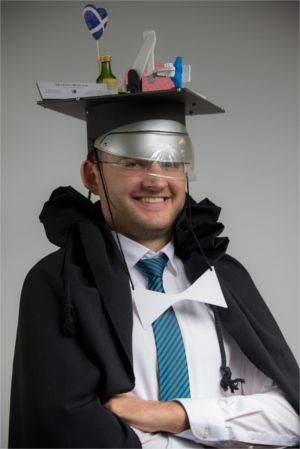Martin Berger
Motion-Corrected Reconstruction in Cone-Beam Computed Tomography for Knees under Weight-Bearing Condition
Abstract
Medical imaging plays an important role in diagnosis and grading of knee conditions such as osteoarthritis. In current clinical practice, 2-D radiography is regularly applied under weight-bearing conditions, which is known to improve diagnostic accuracy. However, 2-D images cannot fully cover the complexity of a knee joint, whereas current 3-D imaging modalities are inherently limited to a supine, unloaded patient position. Recently, cone-beam computed tomography (CBCT) scanners for 3-D weight-bearing imaging have been developed. Their specialized acquisition trajectory poses several challenges for image reconstruction. Patient motion caused by standing or squatting positions can substantially deteriorate image quality, such that the motion has to be corrected during reconstruction. Initial work on motion correction is based on fiducial markers, yet, the approach prolonged image acquisition and required a large amount of manual interaction. The goal of this thesis was to further develop innovative motion correction methods for weight-bearing imaging of knees.
Within the course of this thesis, the marker-based motion correction was steadily enhanced. Manual annotation of markers has been replaced by a robust, fully automatic detection of markers and their correspondences. A clear disadvantage of markers is the often tedious attachment, which decreases patient comfort and interferes with the acquisition protocol. Also, the method is limited to rigid motion and an extension to nonrigid deformations is nontrivial. To alleviate these drawbacks, we introduce a novel motion estimation approach that makes use of a prior, motion-free reference reconstruction. The motion of femur and tibia is determined individually by rigid 2-D/3-D registration of bone segmentations from the prior scan, to each of the acquired weight-bearing projection images. Reliability of the registration is greatly influenced by the large amount of overlapping structures, especially for lateral view directions. We compare two different similarity measures used for 2-D/3-D registration and also introduce a temporal smoothness regularizer to improve registration accuracy. A common evaluation of marker- and registration-based approach yields superior image quality using 2-D/3-D registration, particularly in presence of severe, nonrigid motion. Further reduction of the algorithm’s runtime and an automation of bone segmentations could allow for a complete replacement of marker-based motion correction in future applications.
In case the clinical setup prohibits acquisition of a prior scan, motion correction relies solely on the acquired projection images. We derived a new motion correction method based on Fourier consistency conditions (FCC) which is independent of surrogates or prior acquisitions. So far, FCC have not been used for motion correction and were typically limited to fan-beam geometries. We first introduced the motion estimation for the fan-beam geometry, followed by a practical extension to CBCT. Numerical phantom simulations revealed a particularly accurate estimation of high-frequency motion and of motion collinear to the scanner’s rotation axis. FCC are currently limited to nontruncated, full-scan projection data, and thus, not yet applicable to real weight-bearing acquisitions. However, a dynamic apodization technique is introduced to account for axial truncation, allowing application to a squatting knee phantom with realistic motion. Given the large improvements in image quality, we are confident that FCC is a future candidate for a completely self-contained motion correction approach in CBCT weight-bearing imaging of knees.
